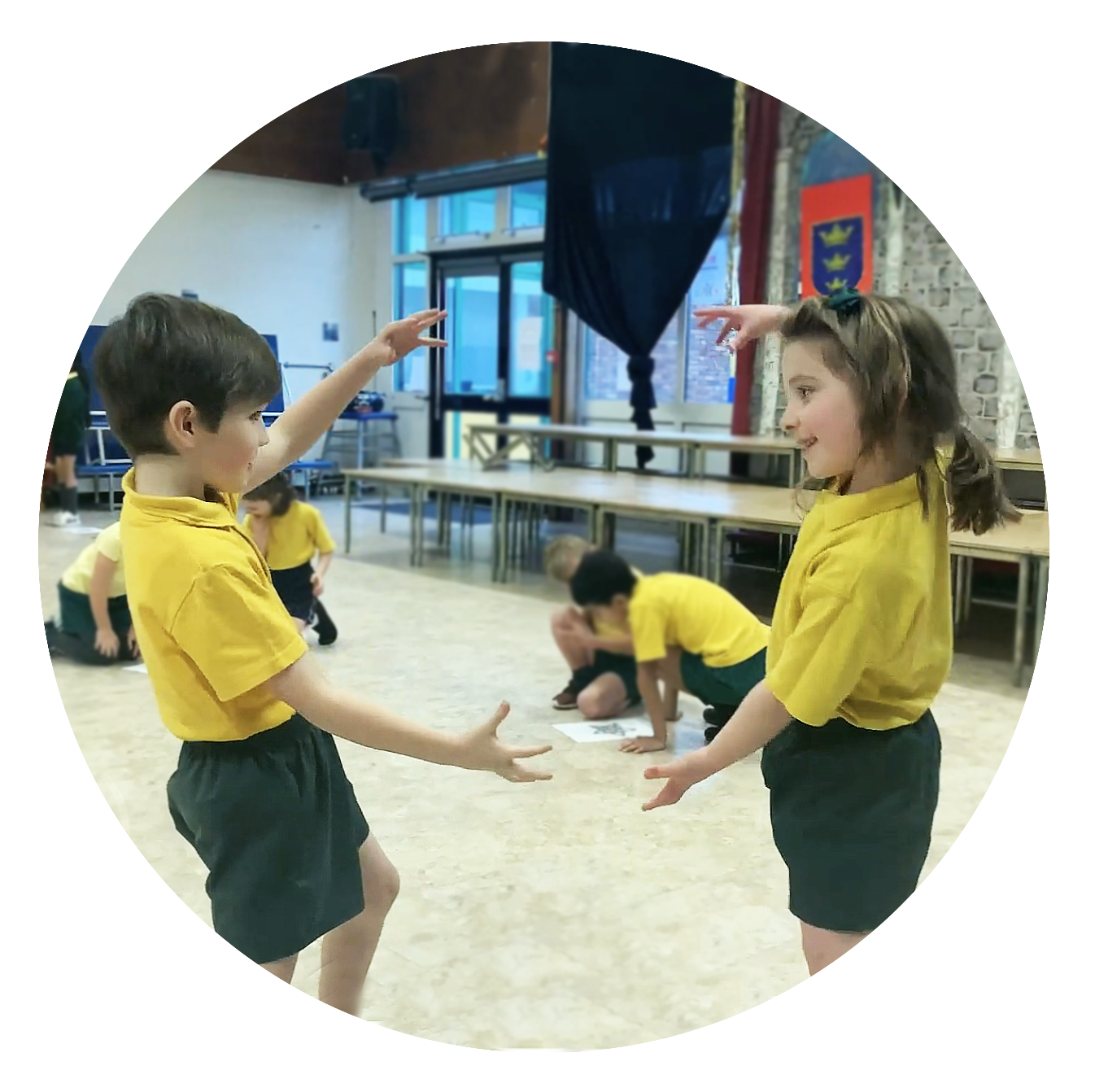Dance to School – the UK’s leading online platform for teaching dance – today shed light on the lack of confidence within schools to teach dance.
The findings come after the recent 2023 Ofsted PE Subject report, which noted that in some schools, some activities “specified in the national curriculum” are not taught. In fact, Inspectors found that in just over a third of all the schools visited, dance is either not taught at all or only taught to some pupils.
Ofsted recommended that schools should include “carefully sequenced and taught” dance lessons in primary and secondary schools.
Eve Murphy Founder and CEO of Dance to School commented: “Dance is a statutory requirement of the national curriculum at both key stage 1 and key stage 2, yet a worrying proportion of primary school teachers identify dance as an area for development in their school.
“We conducted a survey this term, which highlighted that whilst teachers believe dance is an important part of the curriculum, a remarkable 83 per cent of teachers lack the confidence, subject knowledge, and resources to deliver it.
“We can solve this. Our platform exists to show teachers how to teach dance, whilst providing all the necessary lesson plans and resources that will transform teachers’ confidence and enable them to bring dance into the classroom.
“Our aim as a business is to provide support for teachers, as well as the next generation of primary teachers, with the goal to bring high quality curriculum dance to more children throughout the UK.”
Dance remains one of the most requested subjects for support. Schools are not meeting national curriculum requirements and therefore children are missing out.
The report also found that in just over half of schools, some PE content, mainly dance, was linked to wider cross-curricular themes. For example, a dance unit in Year 3 was linked to teaching about natural disasters in geography. In this unit, pupils were clearly refining their knowledge around unison and canon, different speeds, and pathways. The unit was very clearly prioritising important PE specific knowledge, while using what pupils had been taught in geography as a stimulus.
It also emerged that only a fifth of schools, where the pupils were spoken with, could recall the declarative knowledge related to dance.
Eve added: “We know from research that dance is linked to and can impact wider cross-curricular themes, as well as helping children to build confidence, creativity, and relationships. I see some incredible examples of dance in practice and the joy it brings to children. However, in those schools that aren’t teaching dance it’s a negative spiral with teacher confidence continuing to waver.
“Dance and creative movement are excellent vehicles for learning across all areas, fostering wellbeing through the development of physical, social, and emotional skills.”
Dance to School work with teachers and schools, providing the CPD, curriculum themed lesson plans and resources needed to teach dance. They also advocate across the sector to raise awareness of the value of dance in primary schools, helping them to meet their specified national curriculum, grow in confidence and support its’ implementation.
“Yes, there’s an issue with confidence but we want to help teachers see that they already hold immensely valuable skills, which will make a significant contribution to their use of dance in the primary school. Given the in-depth knowledge and key relationships they hold with the children, an injection of inspiration and a network of support is all that is needed to help teachers see that they have the confidence and ability to provide experiences for their pupils through dance.” said Eve.
Dance to School is the only online platform that offers dance resources that can be tailored to any theme and year group, online CPD and community support for teachers.


